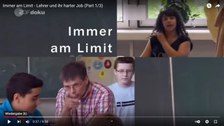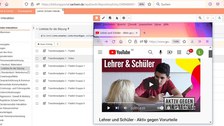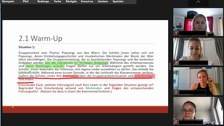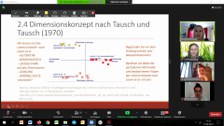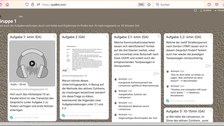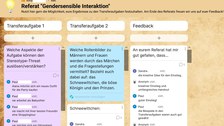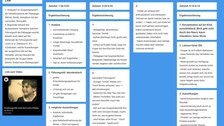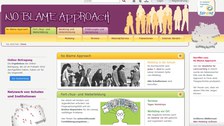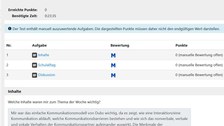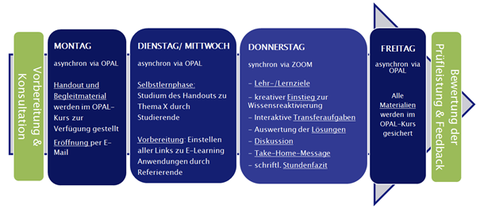Teacher-student interaction – psychology for everyday school life: Dipl. Psych. Lydia Reuter (#LR1)
Format
- Seminar, asynchronous & synchronous
- Flipped classroom
- Exchange and teaching materials via OPAL course
- Application tasks, small group work & discussion via Zoom
- Creative education methods via e-learning tools
Keywords
Applied psychology, communication & interaction, digital education, students studying to become teachers
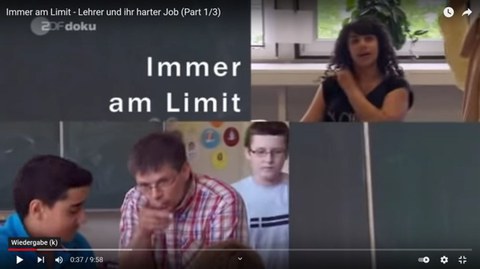
© Lydia Reuter
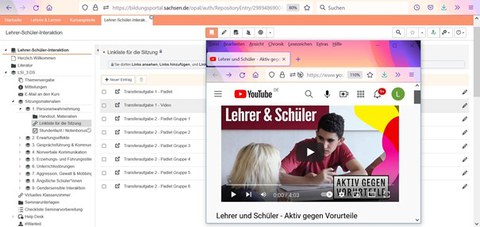
© Lydia Reuter
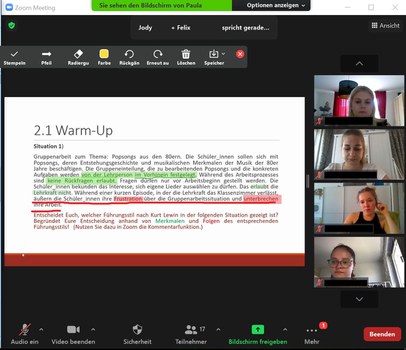
© Lydia Reuter
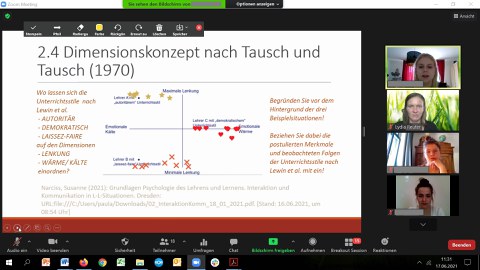
© Lydia Reuter
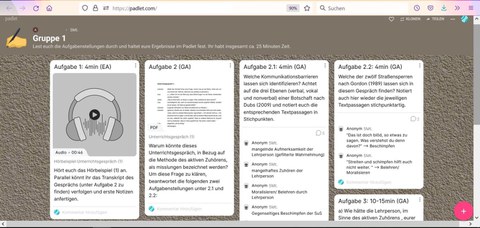
© Lydia Reuter
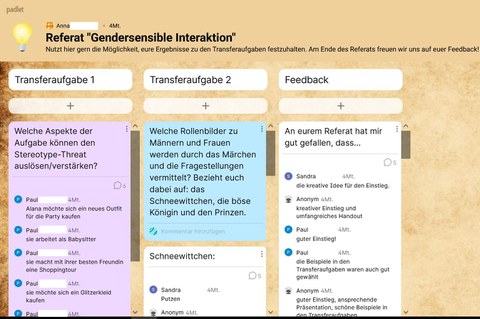
© Lydia Reuter
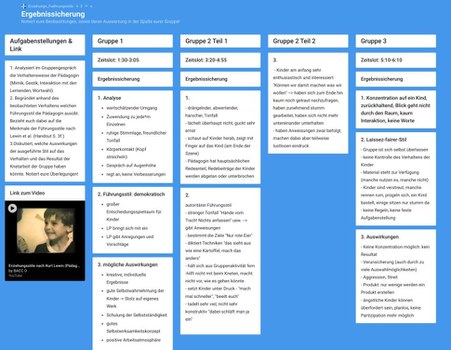
© Lydia Reuter
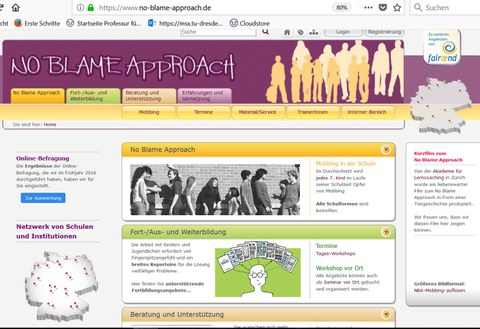
© Lydia Reuter
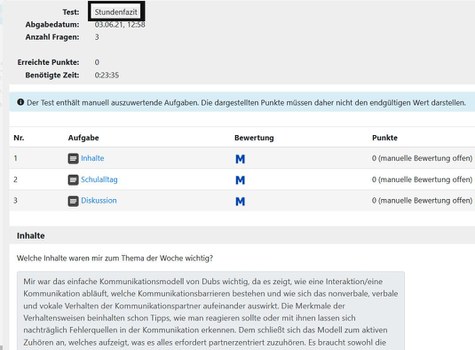
© Lydia Reuter
Seminar objectives:
Understanding psychological findings from theory and empiricism in the field of teacher-student interaction, making them usable for everyday school life by applying them to specific situations and case studies, and discussing practically relevant issues
Preparation for teaching practice
Acquisition of skills in the field of digital education
Description
For the interactive seminar “Teacher-student interaction,” the pandemic-related elimination of classroom sessions was at first glance a particular loss. If we want to learn something about communication and interaction in school, it is beneficial in terms of learning psychology to be able to implement the practical application of the knowledge content from person to person on the basis of theory and empiricism, if we can also play through case studies and action scenarios in a lively manner. Ultimately, the seminar aims at enabling knowledge mediation and in particular knowledge transfer.
However, digital education also offers new, interesting possibilities in this regard. In this seminar, the students had the opportunity to work with digital forms of communication and interaction and to get to know e-learning tools and online applications for designing learning tasks and collaboratively developing task solutions. Audio-visual media could be used or developed by students themselves to illustrate in-school scenarios.
In small groups, the students designed interactive seminar presentations on one of the topics including “conversation skills,” “nonverbal communication,” “educational and leadership styles,” “classroom disruptions,” “aggression, violence, and bullying in school,” or “gender-sensitive interaction.”
Each seminar paper was composed of elements of asynchronous and synchronous teaching.
Everything took place via OPAL and ZOOM.
Asynchronous teaching:
Knowledge content was provided in such a way that all participating students could work with it individually. A detailed handout and supporting materials, where appropriate, were provided in the run-up to each synchronous session via the OPAL course for the seminar. Following the flipped classroom approach, the students worked out the knowledge content independently before the session. Subsequently to the synchronous session, all materials created for the seminar paper, including sample solutions to the transfer tasks, were also uploaded to OPAL. After each session, students were required to write a lesson summary. The template for this was provided via the OPAL course as a test element.
Synchronous teaching:
Once a week, we met in a virtual room via Zoom.
The presenters would open the synchronous session with a creative introductory warm-up, instructed interactive transfer tasks and supported the students’ handling of tasks. All e-learning applications and external media that were used were linked via OPAL and shared live on Zoom.
All participating students worked together on the tasks in small groups in break-out rooms, presented their solutions in plenary and were challenged to discuss practically relevant issues of implementation in everyday school life.
The presenters explained their corroborated expectations, moderated the discussion on their topic, and concluded their presentation with a take-home message.
As a lecturer, I provide professional, organizational and technical support for each synchronous session.
How a week with a seminar session unfolds
Consultation and feedback
In order to ensure the professional quality of the seminar contributions and to support the examinations, an approx. 90-minute consultation with the respective topic group took place for each seminar contribution as part of the preparation. This was done via zoom with screen sharing.
The assessment of the examinations was based on explicit assessment criteria and an associated competence grid. In order to establish transparency with regard to the requirements, the evaluation criteria were made available beforehand, as were detailed seminar notes. In addition to being graded, each group also received detailed verbal feedback on their contribution.
Contact
Dipl. Psych. Lydia Reuter
